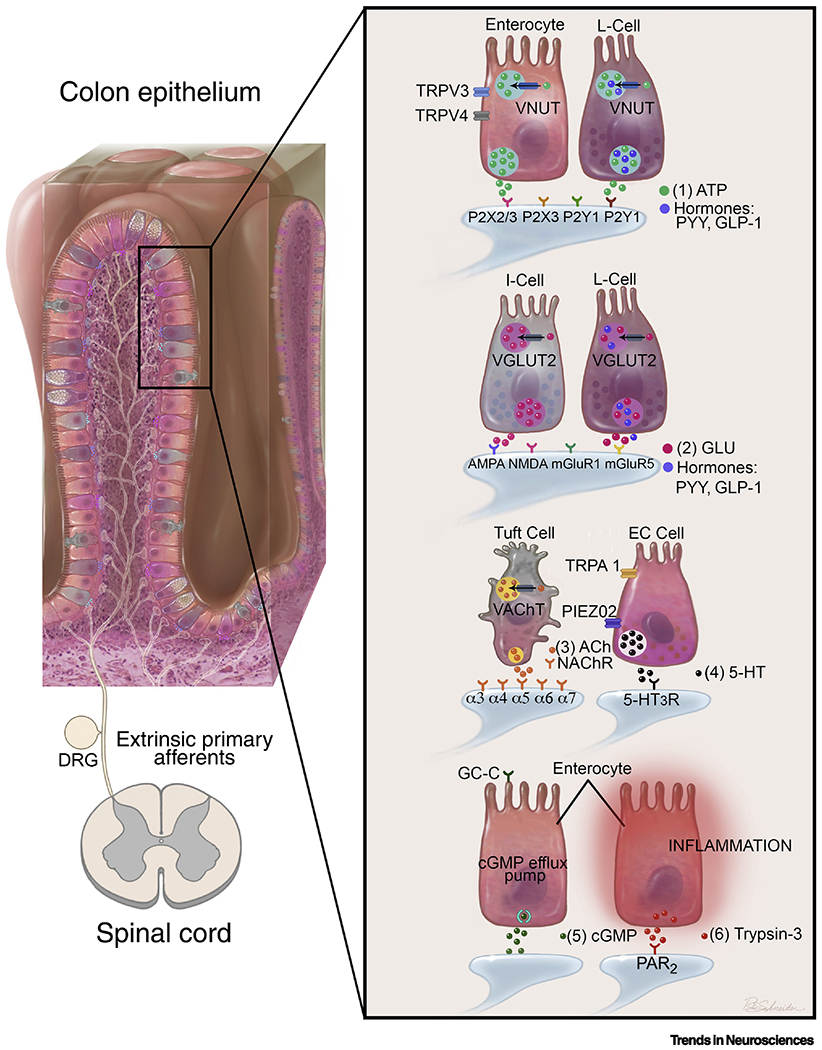Figure 1. The mechanisms of communication between colon epithelial cells and colon afferents.

This graphic summarizes some of the key mechanisms of epithelial-neuronal communication, as discussed in this review. Neuroactive substances released by specific epithelial cell types are illustrated, along with the corresponding receptors that are found on colon afferent terminals. In some cells, mechanisms of release are also illustrated, including the ion channels and vesicular transporters involved. 1) ATP: Both enterocytes and EECs release ATP (along with other cell types) and VNUT expression is ubiquitous in the epithelium. ATP is also co-released with hormones from L-cells [49–51, 56]. 2) Glu: VGLUT2 is expressed in I-cells and L-cells, and glutamate is co-released with hormones from L-cells [18, 47, 77]. 3) ACh: VAChT is specifically expressed in tuft cells [85]. 4) 5-HT: EC cells are a primary source of 5-HT and express the sensory receptors TRPA1 and Piezo2. Evidence shows that 5-HT may be released upon activation of these receptors [22, 41, 45, 69]. 5) cGMP: Activation of the GC-C receptor on enterocytes causes release of cGMP [100, 101]. 6) Trypsin-3: Epithelial cells express trypsin-3 and release it in the presence of inflammation [96]. (Illustration credit: Roy Schneider)
